Today’s businesses have their pick of SaaS tools. More SaaS products are entering the market every day—and different companies are eager to take advantage of the value these products create.
While there’s incredible potential for growth and revenue as a SaaS company, it’s also true that there’s plenty of competition out there.
Appealing to clients and gaining their long-term loyalty is key.
That’s where SaaS account management comes in.
An account manager is crucial for keeping clients engaged, satisfied, and in a strong relationship with your brand.
In this post, we’ll cover SaaS account management and why it’s important for your company.
Then, we’ll take a deep dive into ten best practices for getting the most out of your account management strategy.
Jump to Section
What is SaaS Account Management?
Why Is SaaS Account Management Important?
SaaS Account Management Best Practices
What Is SaaS Account Management?
In the old days, the customer relationship was over once they purchased the goods or service.
If the post-purchase customer service was less than ideal, the company’s loss usually wasn’t that substantial.
The customer might tell their friends and family not to do business with the company.
Other than that, the loss was minimal.
Today, however, as a software as a service (SaaS) company, your livelihood depends on maintaining long-term relationships with your users.
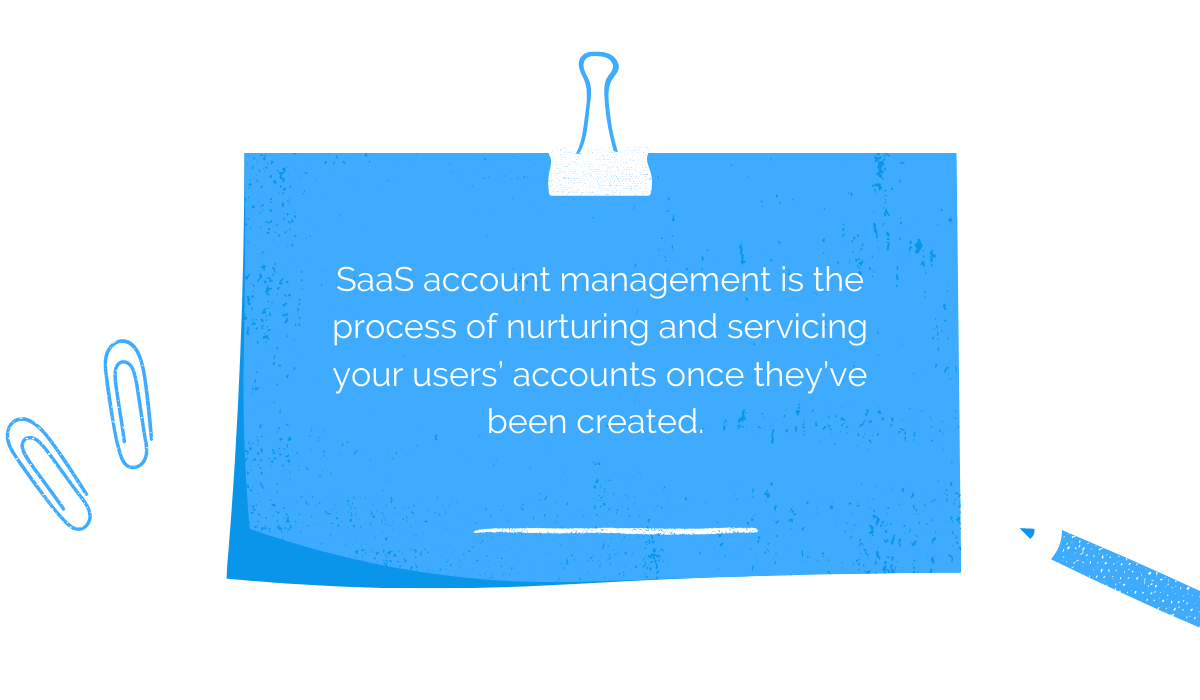
Since you’re doing business on a subscription model, you’re counting on your users paying for your service on an ongoing basis.
That means that keeping them happy and helping them get the most out of your product is now key to your company’s baseline.
Account management is the process of nurturing and servicing clients’ accounts once they’ve been created.
Where the traditional sales role was a one-and-done, transactional role, account management is all about the relationship.
The account manager is a trusted point of contact who consults the client on using your product to reach their goals.
Account managers nurture a long-term relationship with the client through:
- Answering questions
- Fixing problems and troubleshooting issues
- Offering cross-sells and upsells
- Keeping the users’ account updated and current
Anything that will help retain the user long-term and ensure they remain delighted with your product falls under the purview of the account manager.
As such, the role of the account manager is one of the most vital in your entire company.
Why Is SaaS Account Management Important?
You might be wondering: how does account management help your company specifically?
It comes down to your account managers’ ability to engage and add value to your users.
Effective account management will reduce the churn rate, maximize lifetime value, and encourage organic, word-of-mouth marketing.
Helps Reduce Churn
You probably already know the old business adage that it’s more expensive to onboard a new user than to keep an existing one.
But did you know that out of 26 dissatisfied customers, only one will take the time to complain, and the rest will simply drop their account with you?
The higher your churn rate (or the rate at which users leave), the more your business’s bottom line will suffer.
If you lose contact with a user by having a less-than-optimal account management process, you risk making them feel dissatisfied with your product.
This means that unless they have an effortless way to address their problem, they’re likely to simply leave you in the dust and take their business elsewhere.
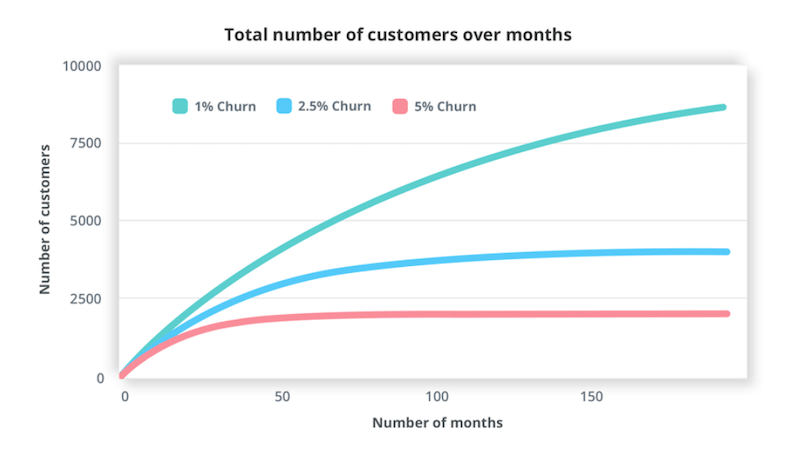
Image source: Zoho.com
Therefore, if you know it’s important to keep your churn rate low, and you know that most people won’t give you a chance to correct a negative experience, it becomes even more important to keep your users delighted with your product.
The Main Causes of Churn and How to Prevent It
So what causes churn?
First, there are unavoidable issues like your users going out of business or no longer needing your service for reasons out of your control.
However, in most cases, the worst offenders are bad onboarding, poor customer service, and a lack of continued success with the product.
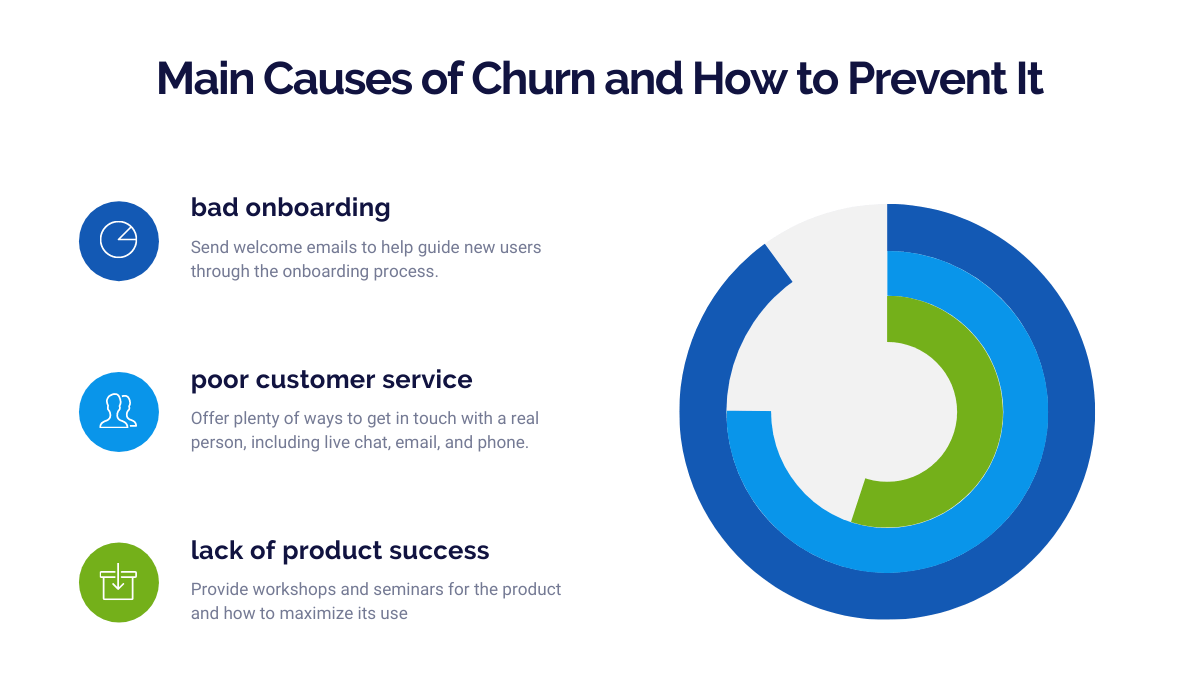
All three of these issues, at different stages of the buyer’s journey, can be attributed to the level of care and attention provided by your account management team.
Your dedicated account managers can help decrease churn rates by:
- Sending welcome emails to help guide new users through the onboarding process
- Offering plenty of ways to get in touch with a real person, including through live chat, email, and phone
- Reaching out at regular intervals to ask how the team can help the user reach their goals
- Providing ongoing workshops and seminars surrounding the product and how to maximize its use
If users experience a disconnect between their expectations and reality with your product, they’re going to churn out—which means that account management is vital to user retention.
Maximizes User Lifetime Value
Your user lifetime value (or customer lifetime value, CLV) is a metric showing how much net profit your company will earn from an average user or customer over the entire course of their relationship with you.
It just makes sense that if your users stay with your company longer, they’ll have a higher CLV, right?
Because their account “lifetime” is longer, they’re paying your subscription costs for more pay periods, meaning they’re contributing a higher revenue stream.
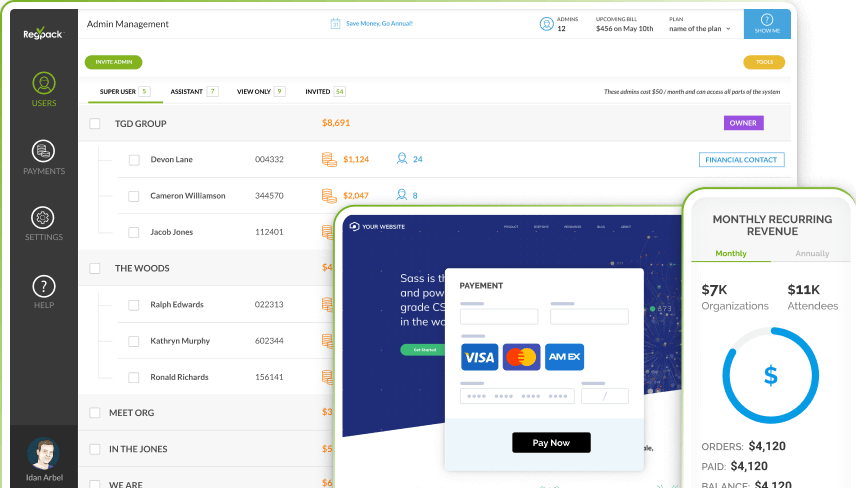
With an effective account management process in place, you’re likely to build user loyalty, meaning they’ll be willing to purchase more of your products.
If you offer a few different services that you can cross-sell and upsell across your user base, this increases the total amount spent in a user account’s lifetime.
So by creating happy customers and reducing your churn rate, you automatically increase your user lifetime value.
A higher lifetime value means that each user will be bringing in more revenue for your company—so your business can afford to invest more into retaining those clients.
Optimizing your customer lifetime value will help you make smart decisions about allocating resources, creating marketing campaigns, and making decisions for future services based on real user profitability data.
Encourages Product Referrals And Second Order Revenue
One of the most effective forms of marketing is the kind that happens naturally: word-of-mouth marketing by happy clients.
The satisfaction due to effective account management helps encourage referrals and generates second-order revenue, or any new sales that are made due to previous success.
This includes:
- Sales made through referral
- Past clients re-purchasing your SaaS product when they move to a new place of employment
- An existing user purchasing additional services from your company
If you can manage to impress and delight your existing users, they become an ongoing source for revenue—beyond simply continuing to pay for the product they originally subscribed to.
SaaS Account Management Best Practices
Now, let’s look at ten ways to maximize your SaaS account management strategy.
These will help nurture ongoing relationships with your clients and increase your company’s revenue and growth long-term.
1. Get to Know Your User
It’s easy to assume that you know your clients—but how well do you actually know them?
Are you just taking educated guesses on what types of people purchase your services, what their preferences are, and what they need?
That’s a very different thing from creating a buyer persona and discovering actionable insights about the real people who purchase your product.
In fact, less than half of SaaS companies surveyed by ProfitWell report doing anything more tangible than simply speculating about their buyers.
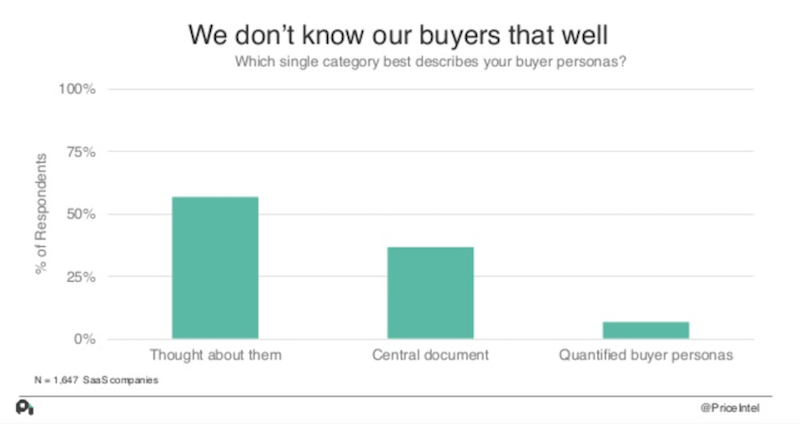
Getting to know your users and identifying their needs is vital for effective SaaS account management.
That’s why creating a buyer persona is so important; you need to intimately understand your users’ needs, wants, budget constraints, and communication preferences if you want to create a long-lasting relationship and avoid a high churn rate.
To learn how to better meet their needs, ask real people for insights.
Use the following strategies:
- Send surveys to existing users
- Conduct interviews
- Ask questions on social media and use social listening
- Set up in-person focus groups
You can then create a realistic buyer persona that will be your guiding light when creating marketing campaigns or tweaking your product to better appeal to users.
2. Know Who to Choose as a Strategic Account
Of course, it’s not enough to create a buyer persona; you need to be able to pinpoint your best users and make sure you’re sending enough resources their way.
Your best users aren’t always your biggest accounts.
That huge account that makes up 25-50% of your total revenue may feel like the biggest deal today, but what happens tomorrow, when that client goes out of business or changes its needs?
Do they have the potential to increase your revenue and grow your relationship—or have they peaked now?
That’s not to say you should ignore your largest users, of course.
You want that user loyalty, revenue stream, and positive word-of-mouth marketing from a brand that likely has a large platform.
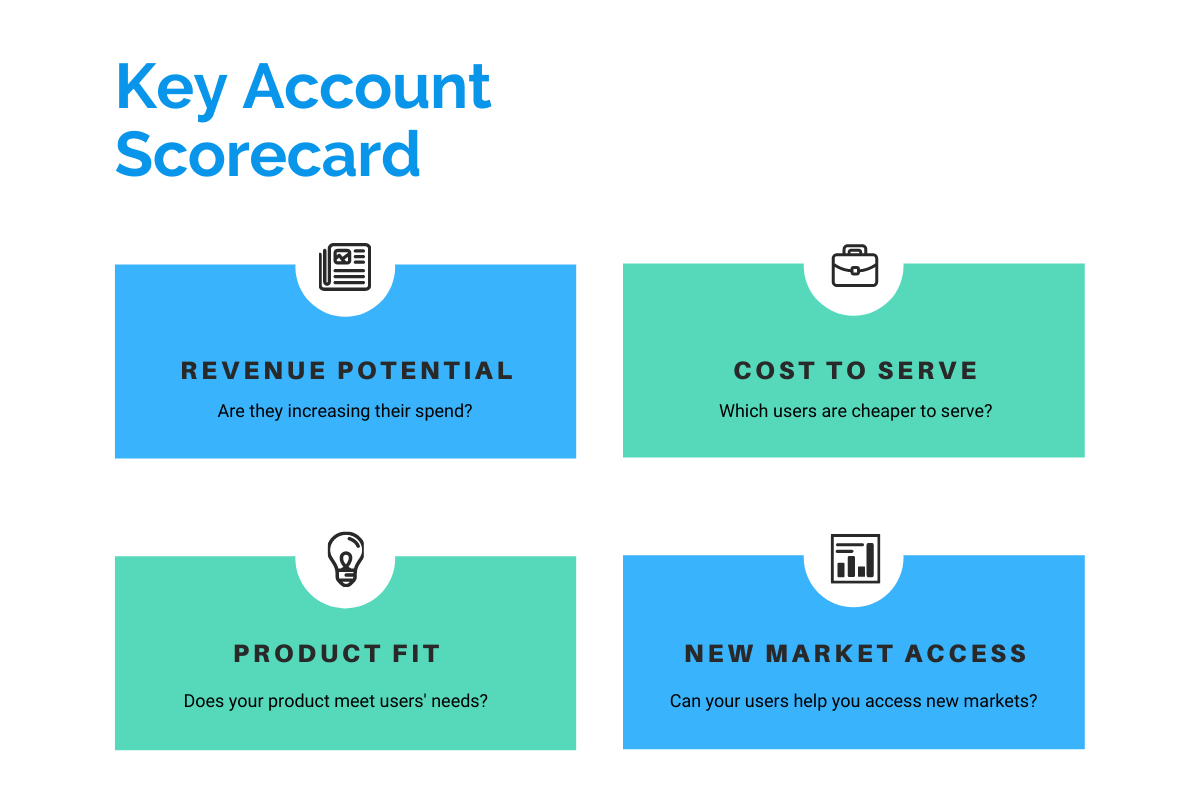
But knowing how to strategically focus on clients with the most potential for long-term, mutually-beneficial partnership is still key.
When looking for those goldmine accounts, look for users with the most potential for future revenue and expansion opportunities.
Ask yourself how well your product fits their needs and how well they work with you (both as a company culture and as the individuals who serve as touchpoints).
And finally, predict how well the user will partner with you strategically, with a goal of mutual success.
3. Hire the Right Account Manager
In any business, having the right account manager is crucial.
To find the right candidate, look for these kinds of skills and characteristics:
- The ability to plan and strategize. This includes detailed customer relationship management (CRM), tracking churn rate and revenue, as well as monitoring contract details. This hard data should translate into plans for growing the user base and retaining existing clients.
- Insight into gaps in your services. A proficient account manager will see not only how your product is helping the clients, but what needs aren’t being met. These gaps in service provide an opportunity to expand your services, stay ahead of trends, and outperform competitors.
- Strong relationship-building skills. Understanding users’ needs, guiding them with support, and staying up to date with their account and preferences will enable the manager to recommend complementary services and tools when the time is right.
The right account manager for the job will have excellent strategic and analysis skills, as well as clear insight into the user’s needs (even the ones that don’t yet align with your company’s services).
Moreover, their authentic relationship-building skills will help build a loyal user base.
This will also drive up revenue as more users buy additional products at their account manager’s suggestion.
4. Create an Effective Onboarding Process
Your software can be the best tool since the invention of the wheel, but without proper onboarding, very few clients will stick around long enough to benefit from it.
After all, if the user can’t see the full benefits of the SaaS product, they’ll likely wonder why they’re paying for it—and eventually cancel their subscription altogether.
That’s why effective onboarding is essential to quality SaaS account management.
Immediately after the user has signed up for your product, send a welcome email.
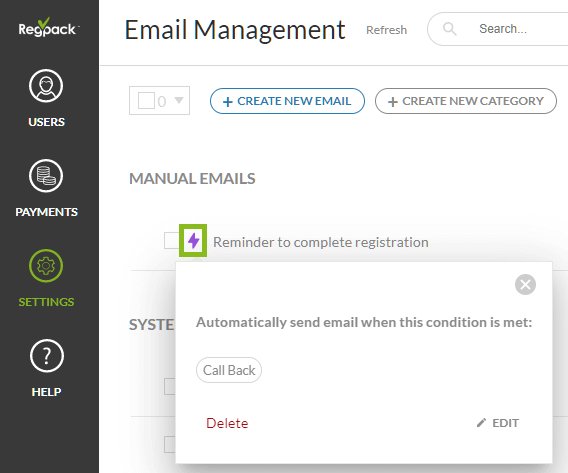
This first personalized communication should provide them with all the right information, such as how to get in touch with customer support.
Stay concise, energetic, and welcoming in your message.
Then, when they first log in to your product, provide a tour or a tutorial video.
Whatever delivery method you choose, make sure that the user’s first interaction with your software isn’t missing a demonstration of some kind.
At the minimum, it should show the user how to use your product, navigate its interface, and understand all the features and benefits it provides.
5. Know the Players Inside the Account
It can be tempting to forge a bond with one representative of your client company—after all, if your account manager is trying to create an authentic relationship of trust with the client, shouldn’t it be easiest to deal with the same person?
However, nothing is riskier to your client relationship than only having one point of contact.
What happens when that person leaves? Or when their role within their company changes, leaving them without the decision-making power to act as a true go-between?
Reliance on a single point of contact can easily become a dead-end for your SaaS company.
Your account manager should create an account plan detailing all the key players within the client company (such as the C-suite, marketing team, IT department, etc.).
Developing a more formalized network will help you interact on a more professional basis without putting all of your eggs in one basket.
6. Build Product Stickiness
With so many SaaS tools and services available, it’s no surprise that in 2019, app turnover was higher than employee turnover.
Companies are constantly evolving in light of technological advances—and more SaaS products are being introduced into the market to fit these diversifying growing needs daily.
In light of this constant risk of churn, how can you keep your SaaS service indispensable—or “sticky”?
First of all, lean on your account managers’ insights and relationship-building skills.
They should keep their finger on the pulse of client needs and have ideas on how to improve the user experience.
Are there any needs your user has that aren’t being met by your product?
Innovations should be inspired directly by real client needs, because the more valuable you become to your user, the more painful it will be for them to leave.
But while you’re innovating, don’t forget that users value simplicity.
Don’t give in to the temptation to pile on new features at the detriment of user experience (UX).
Focus on streamlining workflows and minimizing superfluous options while maximizing value at every turn.
7. Make Your Insight Indispensable
Account managers are at their most valuable to a client when they become not simply customer service agents, but consultants.
Taking a consultative approach means staying involved and curious, making every effort to understand the user’s needs and problems.
In order to foster a consultant relationship, account managers should connect with users and show their authenticity and helpfulness by asking questions and being invested in the journey.
Don’t stay surface-level or overly formal; make a point of being professional, yet friendly and human.
Once a user feels a bond with the account manager, they’ll be more likely to respect that person’s recommendations and advice.
At this point, it’s crucial not to jump straight to cross-selling or any other overtly “sales-y” tactics.
The account manager should commit to meeting the user’s needs.
Keep in mind that increasing value for them is more important than convincing them to buy every other service your company offers.
8. Provide Top-Notch Support
It should go without saying, but quality user support is one of the most important features to get right.
Without the right help at the right time, your clients will quickly become disillusioned with your product and begin looking for an alternative.
Retaining users starts with delivering value and support when they most need it.
Some SaaS user support best practices include:
- Starting with FAQs to help users answer their own questions
- Making it easy to contact support and/or customer service
- Offering live chat to answer questions quickly and painlessly
- Engaging with feedback everywhere your users are, including social media, website, email, and your call center—but sending all messages to one central place so that conversation history isn’t lost
Take a time when picking a customer service tool and compare in between the options available, such as RingCentral vs Nextiva to make sure that you maximize the quality to price ratio.
Additionally, don’t forget that bugs, issues, and technical problems are unavoidable.
Your users are bound to experience problems, and your software will never be bug-proof.
Therefore, just be as proactive as possible about continually fixing glitches, and don’t be afraid to admit when your interface is experiencing technical problems.
A tone of transparency will do much more to endear you to your users than one of defensiveness and unwillingness to admit your mistakes.
9. Monitor User Data and Rely on Feedback
There are few resources more helpful than feedback and usage data straight from real-life clients.
Without an understanding of how your users view and interact with your product, how can you know what’s working and what isn’t?
After all, only real clients know what users want.
Your account management system should incorporate communication with your current users.
Talk to them and make sure you’re understanding (and hopefully meeting) their needs.
If a substantial number of users express the need for a certain feature or a tweak to the user experience, it’s a good idea to implement the desired changes as soon as possible.
This signals to them that you value their opinion and that you’re willing to go the extra mile to meet their needs.
Analytics is also a useful tool for SaaS companies.
![]()
It gives you a visual demonstration of user behavior and any ebbs and flows in usage.
Utilizing the various data analytics tools available, you can track average account acquisition cost, user demographics, engagement rates, and even where in the sales funnel you see the most abandonment.
Finally, when users decide to churn, it can be very helpful to require them to provide feedback, too.
10. Turn Churn Into a Learning Experience With Good Offboarding
It’s tempting to avoid putting much effort into offboarding; after all, you’re losing those users’ business, so why invest in making their cancellation experience a good one?
However, it’s worth your while to put some thought into your offboarding process.
For one thing, a good cancellation experience helps leave the door open for nurturing a relationship with that client later.
Say a client reluctantly decides to unsubscribe from your service due to budget constraints, but they plan to come back when they can afford it.
There was no easy cancel option on your website, so they were forced to call your support team to process the cancellation.
That negative last impression will likely turn them off from ever returning to you when their circumstances change.
Furthermore, when done right, setting up a clear offboarding process can also be a good learning experience for your company.
A cancellation survey can help you understand why a user is leaving. Is your price too high? Are you losing business to your competitors?
Don’t make the feedback portion optional; being forced to tell you why they’re leaving may be irritating, but it’s worth sifting through some agitated responses to get a constructive sense of what’s causing people to leave.
Also, tweaking your cancellation flow may incentivize users to stay.
Some of them are looking for a reason to remain subscribed, which means that if you offer the right incentive based on their cancellation survey (such as a “snooze” period or alternative subscription tier), they may decide against unsubscribing.
SaaS Account Management Is About Nurturing Client Relationships
In the old days, sales was about one-off transactions.
Exceptional customer service or client loyalty was often more of a cherry on top—something to applaud, but not necessarily required.
Today, however, the subscription model of doing business means that it’s not only praiseworthy to have excellent relationships with their users—it’s crucial for building a sustainable SaaS business.
That’s why you need a strong SaaS account management strategy.
This includes everything from building bonds with your users, to designing effective onboarding and offboarding processes—and developing a consultative approach to your user interactions.
By putting your user first and focusing on bringing as much value as possible, you’ll be setting up your business to stand out from the competition.


















